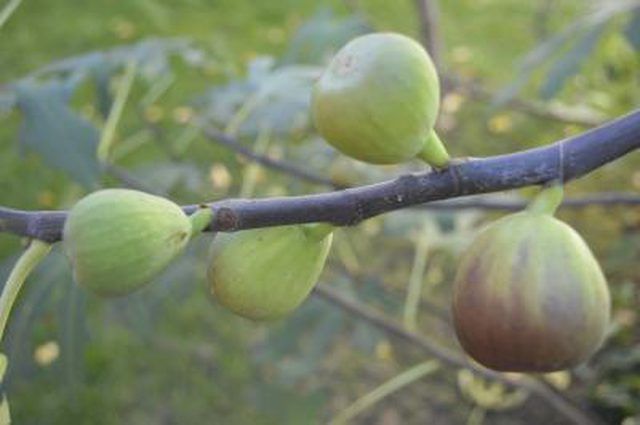Bulbs
Flower Basics
Flower Beds & Specialty Gardens
Flower Garden
Garden Furniture
Garden Gnomes
Garden Seeds
Garden Sheds
Garden Statues
Garden Tools & Supplies
Gardening Basics
Green & Organic
Groundcovers & Vines
Growing Annuals
Growing Basil
Growing Beans
Growing Berries
Growing Blueberries
Growing Cactus
Growing Corn
Growing Cotton
Growing Edibles
Growing Flowers
Growing Garlic
Growing Grapes
Growing Grass
Growing Herbs
Growing Jasmine
Growing Mint
Growing Mushrooms
Orchids
Growing Peanuts
Growing Perennials
Growing Plants
Growing Rosemary
Growing Roses
Growing Strawberries
Growing Sunflowers
Growing Thyme
Growing Tomatoes
Growing Tulips
Growing Vegetables
Herb Basics
Herb Garden
Indoor Growing
Landscaping Basics
Landscaping Patios
Landscaping Plants
Landscaping Shrubs
Landscaping Trees
Landscaping Walks & Pathways
Lawn Basics
Lawn Maintenance
Lawn Mowers
Lawn Ornaments
Lawn Planting
Lawn Tools
Outdoor Growing
Overall Landscape Planning
Pests, Weeds & Problems
Plant Basics
Rock Garden
Rose Garden
Shrubs
Soil
Specialty Gardens
Trees
Vegetable Garden
Yard Maintenance
How to Prune Fig Trees
How to Prune Fig Trees. Pruning fig trees (Ficus carica) is necessary only to remove dead and damaged growth, and to open up or shape the trees. Growing 10 to 20 feet tall and wide, fig trees are hardy in U.S. Department of Agriculture plant hardiness zones 6 through 9, but sensitive to frost. Fertilizing only in spring and reducing water in fall...
Pruning fig trees (Ficus carica) is necessary only to remove dead and damaged growth, and to open up or shape the trees. Growing 10 to 20 feet tall and wide, fig trees are hardy in U.S. Department of Agriculture plant hardiness zones 6 through 9, but sensitive to frost. Fertilizing only in spring and reducing water in fall toughens fig tree growth and helps prevent winter damage, and pruning removes frost-damaged growth in spring. Because fig trees bear fruit on the previous season's growth, pruning after early summer can reduce or even eliminate fruiting the following year, if the variety is a late-maturing type. Fig trees grow best in moist, rich, well-drained soil in full sun or partial shade.

Things You'll Need
Gloves
Pruning shears
Rubbing alcohol
Step 1
Put on gloves, sterilize pruning shears by wiping the blades with rubbing alcohol, and prune fig trees in early spring when new growth appears. Prune damaged and dead growth to the nearest healthy tissue, just above a leaf bud or where the stem joins the rest of the tree. Dead growth looks dark and shrunken and bears no leaves. If you're unsure whether an area of tissue is living or dead, scrape back the bark with your thumbnail. Healthy tissue is green and dead tissue is brown. Sterilize pruning shears again after use.
Step 2
Prune crossing and crowded stems on fig trees in early summer where the stems join the rest of the tree. Prune stems to create an open framework that allows sunlight to penetrate the center of the tree and ripen the wood and developing figs, and prune stems that spoil the shape of the tree.
Step 3
Prune fig tree suckers as they appear throughout the growing season, removing them at ground level. Suckers are shoots that sprout from roots.